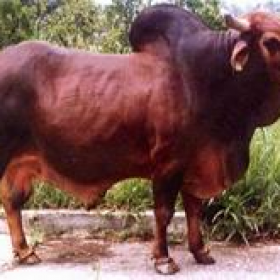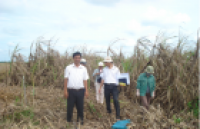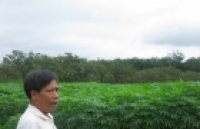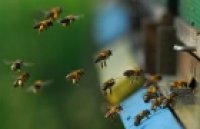| Comparative Analysis of Disease-Linked Single Nucleotide Polymorphic Markers from Brassica rapa for Their Applicability to Brassica oleracea. |
|
Numerous studies using single nucleotide polymorphisms (SNPs) have been conducted in humans, and other animals, and in major crops, including rice, soybean, and Chinese cabbage. However, the number of SNP studies in cabbage is limited. In this present study, we evaluated whether 7,645 SNPs previously identified as molecular markers linked to disease resistance in the Brassica rapa genome could be applied to B. oleracea. |
|
Cho YI1, Ahn YK1, Tripathi S1, Kim JH1, Lee HE1, Kim DS1. PLoS One. 2015 Mar 19;10(3):e0120163. doi: 10.1371/journal.pone.0120163. eCollection 2015. http://www.ncbi.nlm.nih.gov/pubmed/25790283 Abstract
Numerous studies using single nucleotide polymorphisms (SNPs) have been conducted in humans, and other animals, and in major crops, including rice, soybean, and Chinese cabbage. However, the number of SNP studies in cabbage is limited. In this present study, we evaluated whether 7,645 SNPs previously identified as molecular markers linked to disease resistance in the Brassica rapa genome could be applied to B. oleracea. In a BLAST analysis using the SNP sequences of B. rapa and B. oleracea genomic sequence data registered in the NCBI database, 256 genes for which SNPs had been identified in B. rapa were found in B. oleracea. These genes were classified into three functional groups: molecular function (64 genes), biological process (96 genes), and cellular component (96 genes). A total of 693 SNP markers, including 145 SNP markers [BRH-developed from the B. rapa genome for high-resolution melt (HRM) analysis], 425 SNP markers (BRP-based on the B. rapa genome that could be applied to B. oleracea), and 123 new SNP markers (BRS-derived from BRP and designed for HRM analysis), were investigated for their ability to amplify sequences from cabbage genomic DNA. In total, 425 of the SNP markers (BRP-based on B. rapa genome), selected from 7,645 SNPs, were successfully applied to B. oleracea. Using PCR, 108 of 145 BRH (74.5%), 415 of 425 BRP (97.6%), and 118 of 123 BRS (95.9%) showed amplification, suggesting that it is possible to apply SNP markers developed based on the B. rapa genome to B. oleracea. These results provide valuable information that can be utilized in cabbage genetics and breeding programs using molecular markers derived from other Brassica species.
Figure 3: PCR amplification of genomic DNA from two cabbage varieties using SNP primers designed based on the Brassica rapa genome. |
|
|
|
[ Tin tức liên quan ]___________________________________________________
|


 Curently online :
Curently online :
 Total visitors :
Total visitors :
(9).png)


